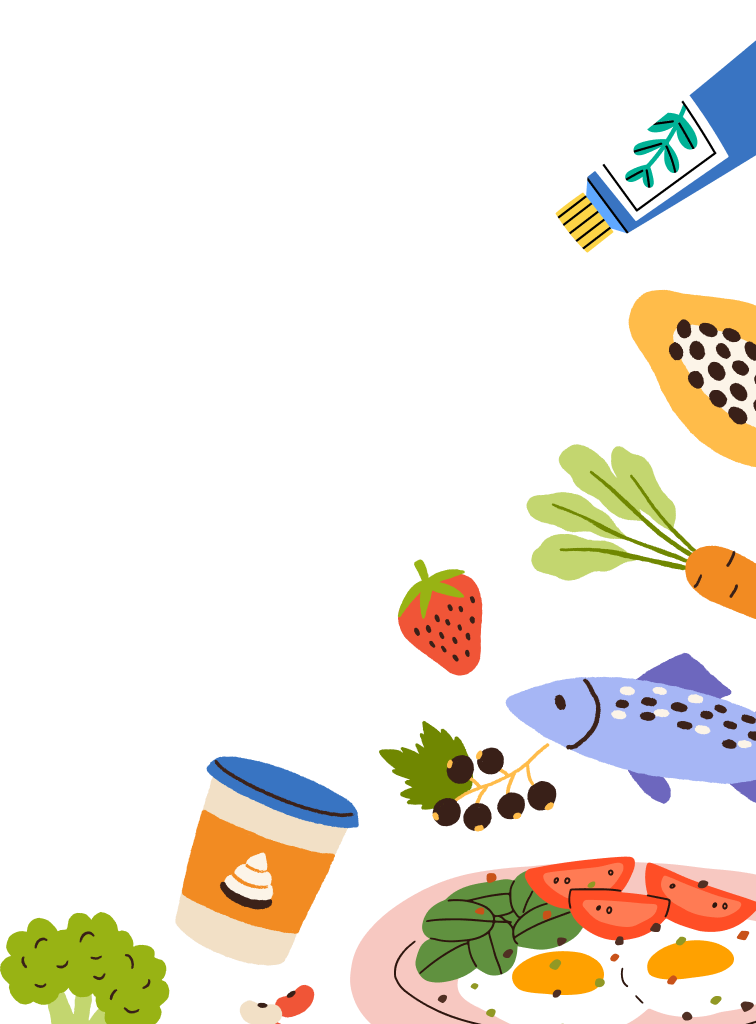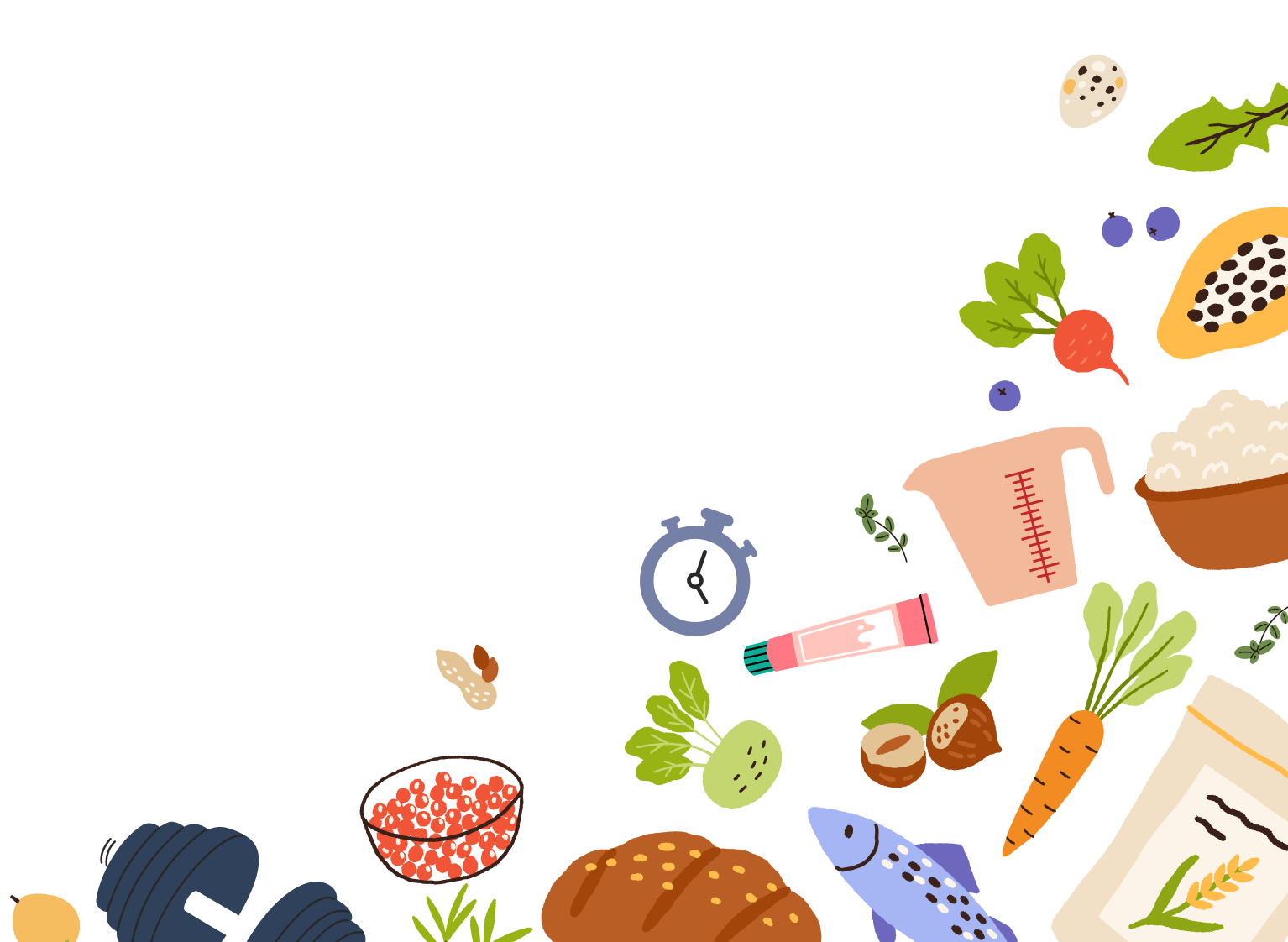Prebiotics- More Than Just Fiber.
I’m going to go out on a limb and say that prebiotic fiber is something akin to the best kept secret in the emerging world of gut health science.
While probiotics and particularly probiotic supplementation have skyrocketed in popularity as a growing body of evidence demonstrates their potential utility across a wide range of concerns and conditions, prebiotics tend to fly under the radar amongst the general public.
Until now.
Where probiotics are the “healthy” bacteria themselves, prebiotic fiber is perhaps most easily described as the “food” that these healthy bacteria thrive and grow on.
Not all fiber is prebiotic fiber though, in order to fit the bill it must:
- Travel through the digestive system and arrive in the large intestine unaffected
- Stimulate the growth of healthy bacteria via fermentation in the large intestine
Examples of foods that contain such compounds include onions, garlic, leeks, barley, oatmeal, chickpeas, lentils and asparagus, among others.
Prebiotic fibers sold alone or in combination with probiotics (known as Synbiotics) are also increasingly popular.
But what is all the fuss about?
There Are Four Letters Why – SCFAs.
In exchange for being well fed, our healthy gut bacteria not only increase in number but also produce compounds known as SCFAs or “Short-Chain Fatty Acids”.
Now this is where it gets interesting because scientists are very excited about the potential health benefits of SCFAs, even if our understanding of how they affect human health is only in the relatively early stages.
Here are some of their potential benefits:
- Improving blood sugar levels/metabolism
- Appetite regulation (potentially through gut-brain communication)
- Improving the immune system by strengthening the intestinal barrier ( to defend against bacteria,viruses etc)
- Reducing levels of “bad” bacteria and restoring balance in the GI tract
- Improving gut health by regulating acidity levels, mucus production and acting as fuel for cells in the digestive system to better perform their roles.
- Improve the absorption of certain nutrients, including calcium.
Sounds good so far? Don’t worry, there’s more.
Prebiotics – More Than Just Fiber
Emerging scientific evidence has suggested that certain types of fiber are not the only compounds available to us that have a potential prebiotic effect in our digestive system.
Polyphenols, a broad group of antioxidant compounds, are also being explored as conferring this benefit.
Luckily for you, the European Journal Of Clinical Nutrition actually published an article listing the top 100 dietary sources of polyphenols.
Dark chocolate, flaxseed, blackberries and strawberries are a few notable inclusions on the list which I strongly encourage you to check out as the benefits of many of these foods go well beyond their prebiotic potential.
Pursuing variety in one’s prebiotic intake may prove valuable because there is also evidence to suggest that different bacteria actually prefer different prebiotic “food sources”.
I guess variety is the spice of life after all!
More Than Just Gut Health
Have I got you excited about the concept of prebiotics yet?
I might as well finish up strong because one of the other very novel areas of interest around the benefit of prebiotic intake is as it relates to improved skin health.
This quote below, taken from a Dermatology Practical & Conceptual 2017 paper on the common skin condition rosacea, is the perfect way to end today’s article.
“Diet may also impact rosacea via a gut-skin connection. [A]t this time, patients may be advised on measures to promote a healthy gut microbiome, including the importance of a fiber-rich (prebiotic) diet.”



















Comments
Join The Conversation...